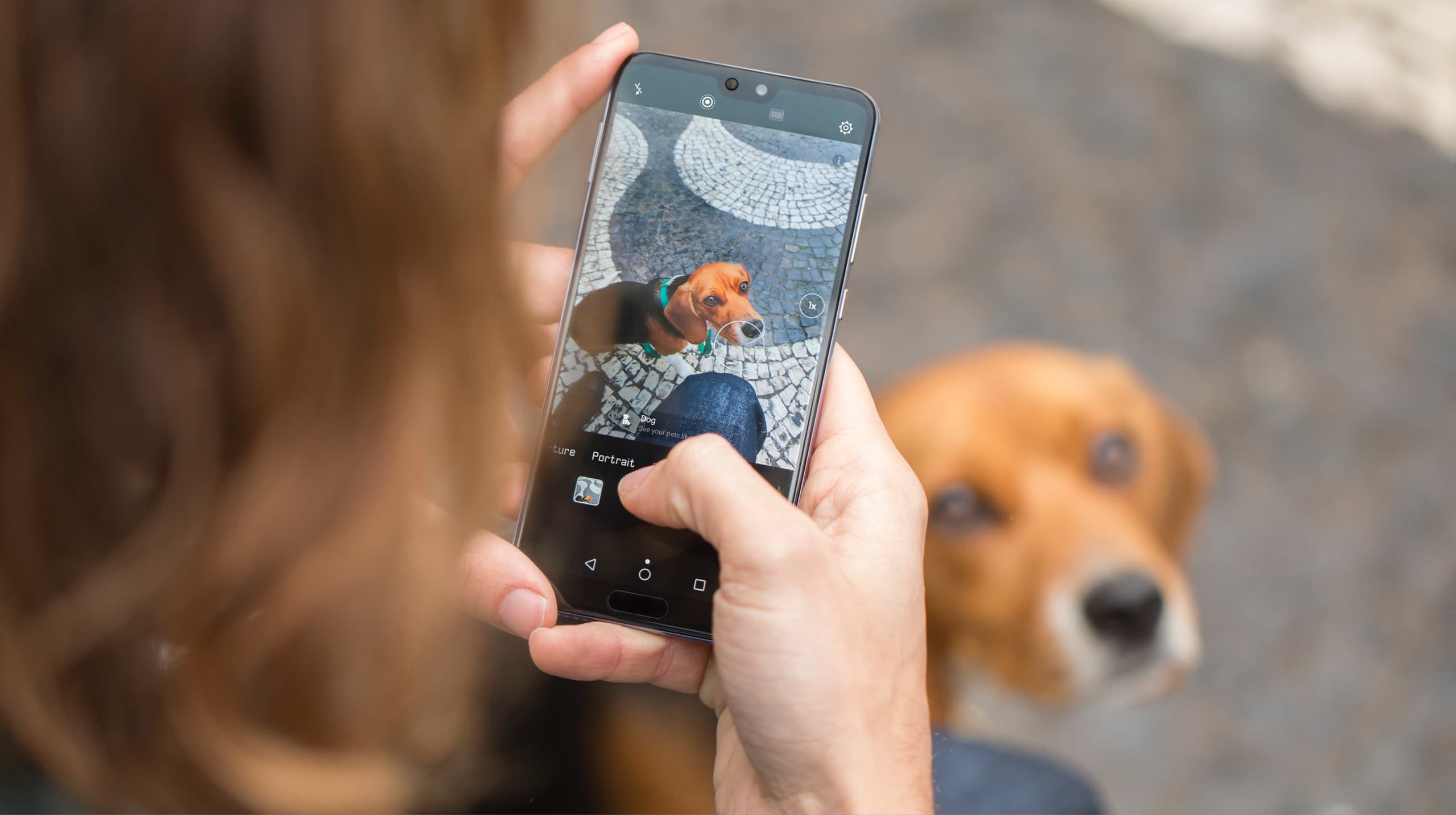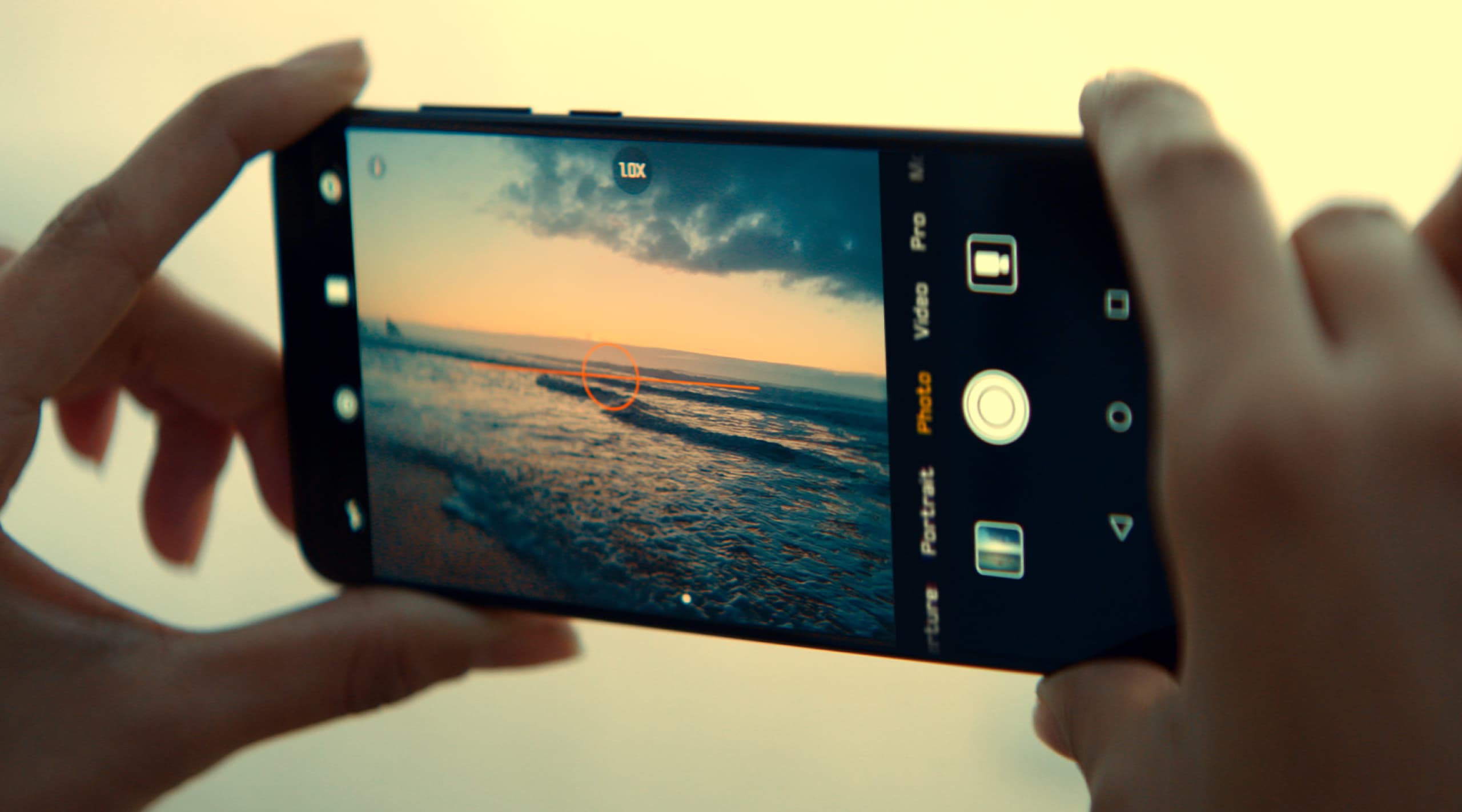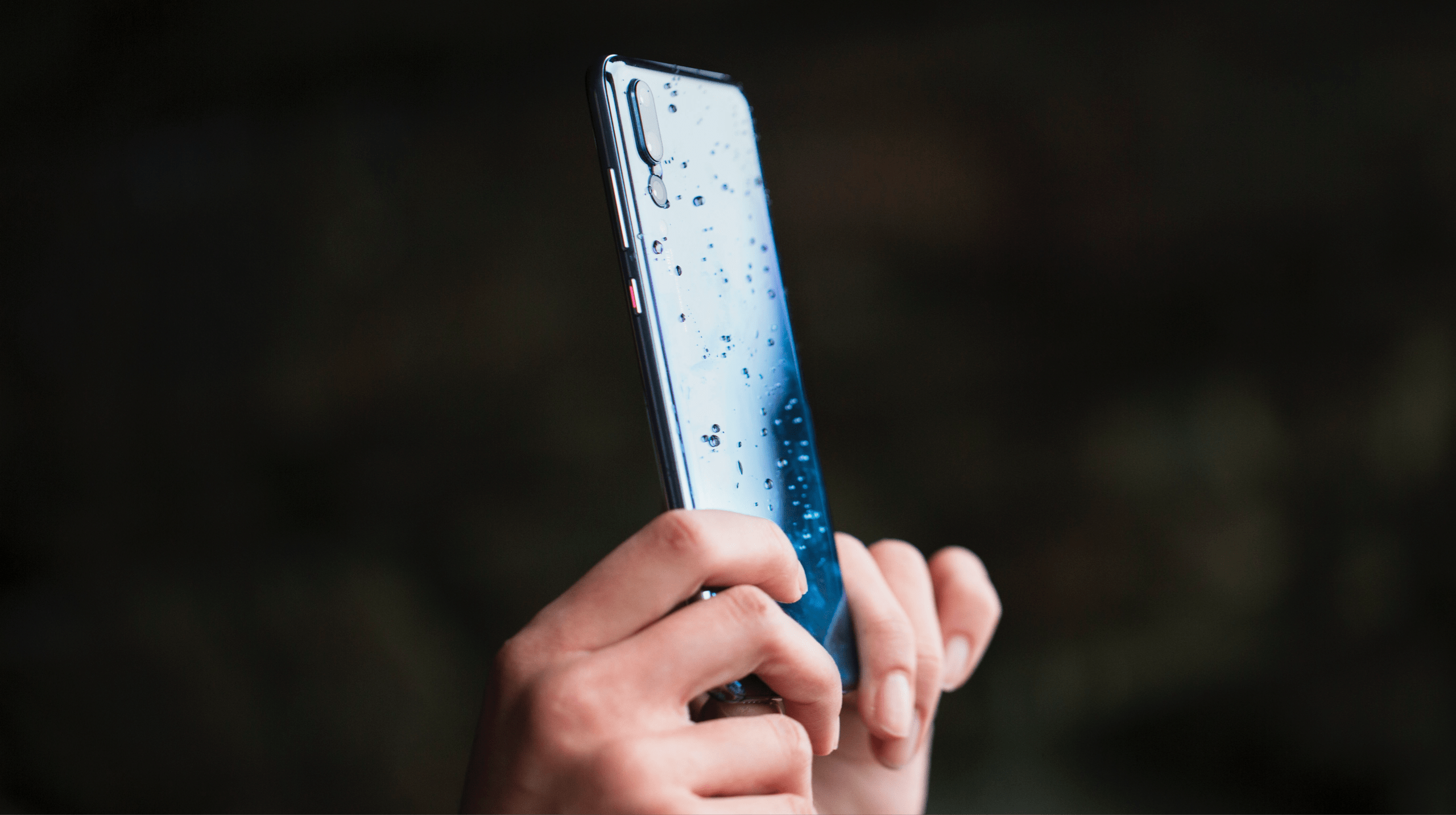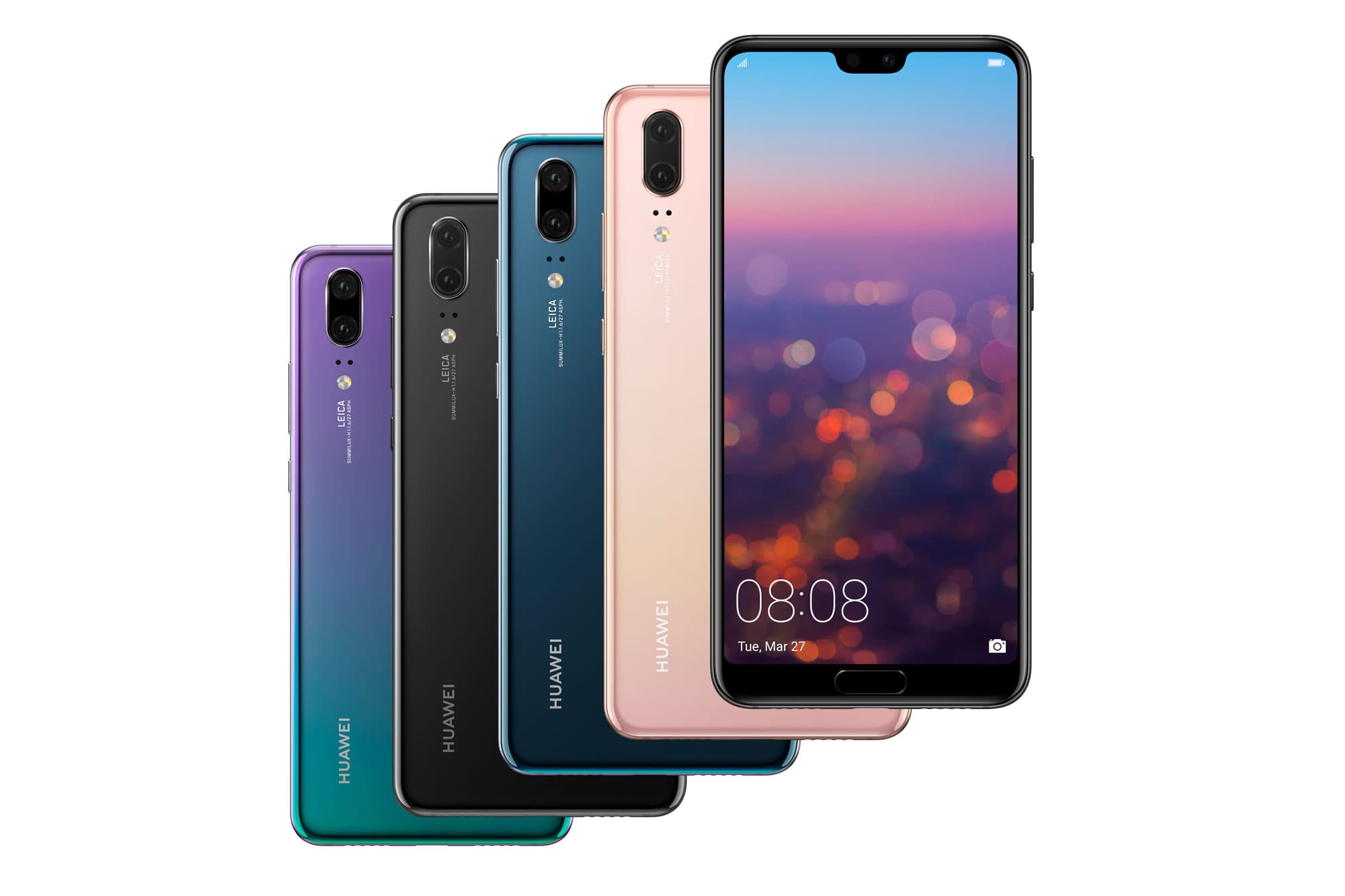Huawei currently has two flagship models – the P20 and the P20 Pro. There are several key differences between the two models – with a £200 price premium for the Pro edition – but is it worth it? We’ll be looking at the most important differences in this head-to-head look at the smartphones.
Huawei P20 Pro vs P20: Camera

Obviously, as this is Amateur Photographer, our key concern is how the two devices stack up for all-important photography credentials.
At the time of launch, both of these devices jumped straight to the top of DxO’s cameraphone chart, with the P20 Pro in the top spot, and the standard P20 in second place. While the HTC U12+ has since leapt into second place, the P20 Pro continues to reign supreme.
The P20 Pro is the world’s first triple-lens smartphone, which is made in partnership with Leica. You might not think you need three cameras – but they’re all there for a reason. There’s a 40 megapixel colour sensor, which works together with a 20 megapixel monochrome sensor as the default picture-taking setup. With images output at 10 megapixels, you get something which is full of detail and rendered extremely well. The third lens gives you 3x optical zoom, and has an 8 megapixel sensor.
Meanwhile, the standard P20 uses a dual Leica camera setup, the like of which is increasingly common, certainly among premium smartphones. There’s a 12 megapixel colour sensor, paired with a 20 megapixel monochrome sensor again. Not only is there fewer pixels to work with, but the main sensor itself is also smaller.
Both cameras offer portrait mode, a pro mode, raw format shooting, an AI engine which can determine the subject you point the camera at, and a fantastic hand-held night mode. Both also have a 24 megapixel front-facing camera.
Huawei P20 Pro vs P20: Screen

The P20 Pro’s screen is OLED, while the P20’s is LCD
Here’s another reasonably big difference between the two devices. The P20 Pro has a 6.1-inch OLED screen, while the standard P20 has a 5.8-inch LCD screen. Both have “FullHD+” resolution at 2240 x 1080, which is a good compromise between detail resolution and preserving battery life.
Both also use a “notch” design at the top of the screen. You can switch the notch off in software if you don’t like it, but it helps to make the most of the available screen, which has to make allowances for the front-facing camera.
Huawei P20 Pro vs P20: Design

The P20 Pro boasts better waterproofing than the standard P20
Aside from the bigger screen, there’s a couple of design differences when comparing the P20 Pro with the standard P20. The P20 Pro is ever so slightly thicker – 7.8mm vs 7.65mm. The P20 Pro also has more colours available – including the rather attractive “Twilight” option. Furthermore, the P20 Pro has better waterproofing – offering an IP67 rating, compared with the IP53 rating of the standard P20.
Huawei P20 Pro vs P20: Battery Life
The P20 Pro has a market leading 4000 mAh battery – if that doesn’t mean a whole lot to you, just know that it means it lasts a very long time indeed. In our testing of it, even with reasonably heavy use, it generally ends the day on 50% (from a full charge).
Meanwhile, the P20 has a still impressive 3400 mAh battery – which should still see you through to the end of the day, it just might not make it to the end of a second one.
Huawei P20 Pro vs P20: Memory & Processor
Both of the phones have a Kirin 970 processor, but the P20 Pro has 6GB of RAM compared to the 4GB offered by the standard P20. This means that the P20 Pro has the edge when it comes to speed. You’re unlikely to notice too much of a difference in everyday usage unless you’re regularly using power-intensive apps.
Neither of the phones have a slot for a MicroSD card, which is a little bit disappointing for those who want to use the phone to take a large number of pictures. There’s 128GB of internal storage available, which should hopefully suit the needs of most ordinary photographers – and don’t forget you can offload your images to Google Photos to free up space on your device.
Huawei P20 Pro vs P20: Price

You may be getting hold of either of these phones through a contract offered by a mobile network, in which case the price varies wildly. However, if you want to buy the phone outright, you’re looking at around £800 for the P20 Pro, or £600 for the P20. Both of these are excellently priced when compared to other models on the market – especially compared to the likes of the Samsung S9+ and the iPhone X, which both retail for considerably more.
If you’re on a tighter budget, the standard P20 offers a great deal for your money. While you don’t get the class-leading camera, you still get one which is very good, housed in a phone with similarly stylish credentials. However, an additional £200 also seems like a reasonable price to pay for the superb camera, better battery life and additional RAM.
Both phones are available to buy now.







